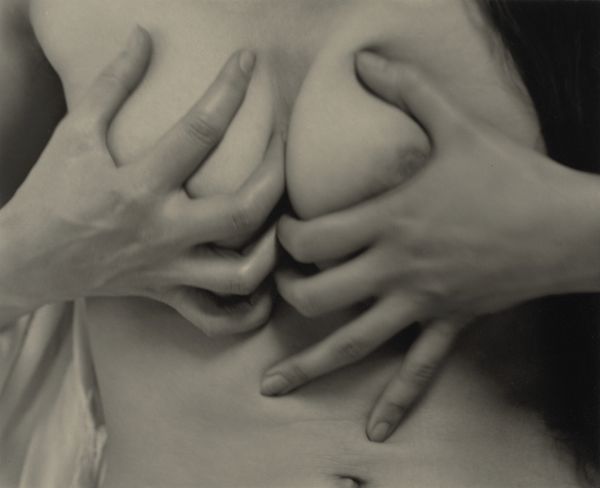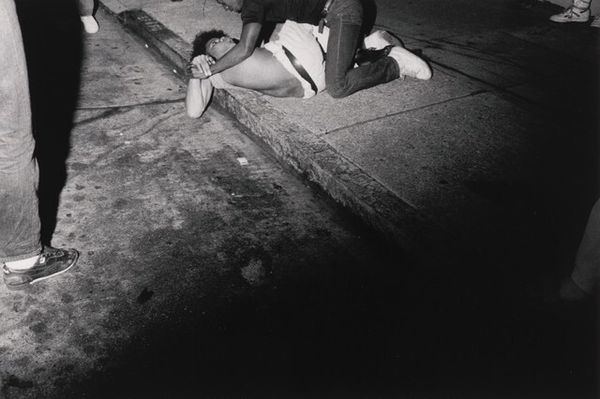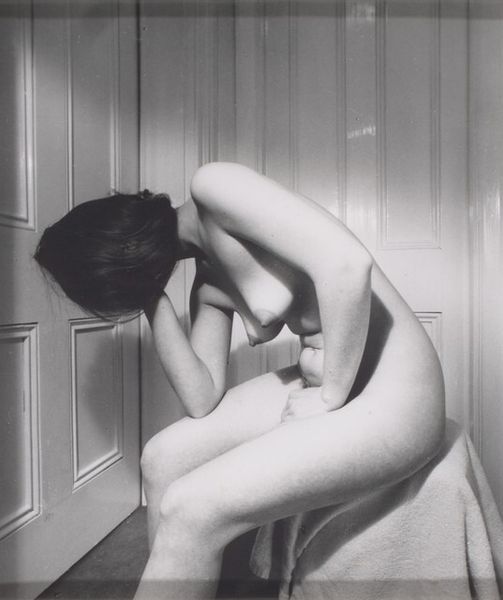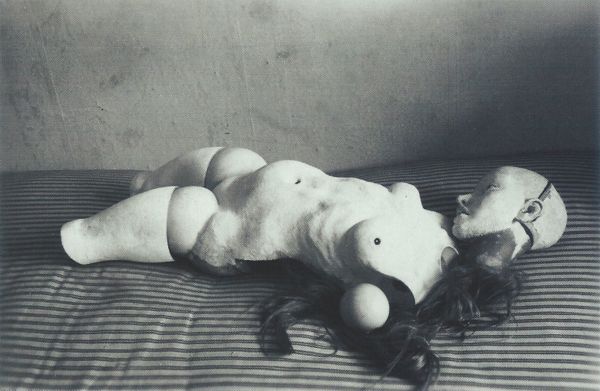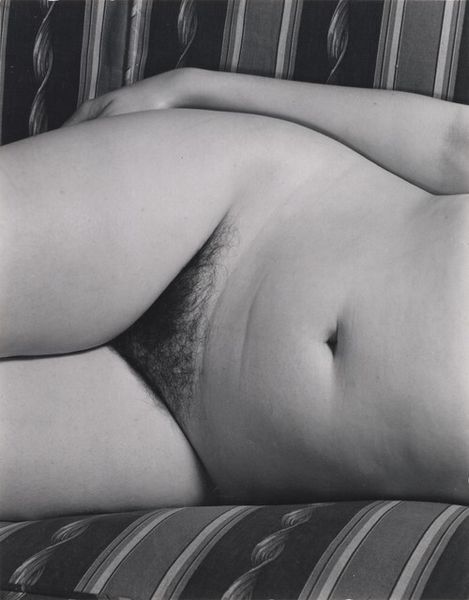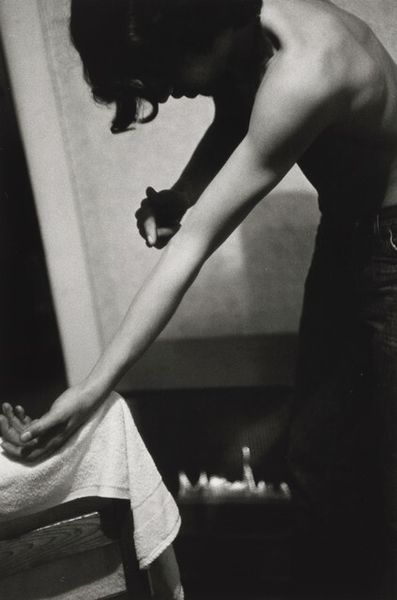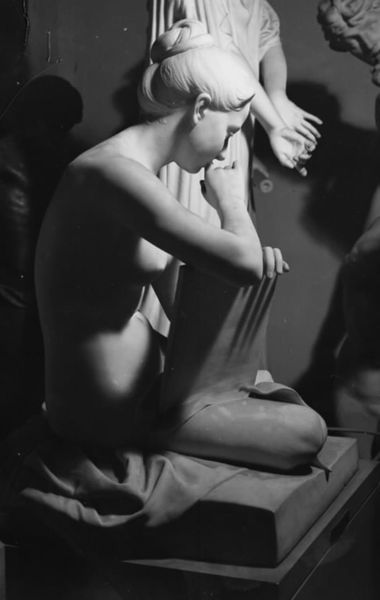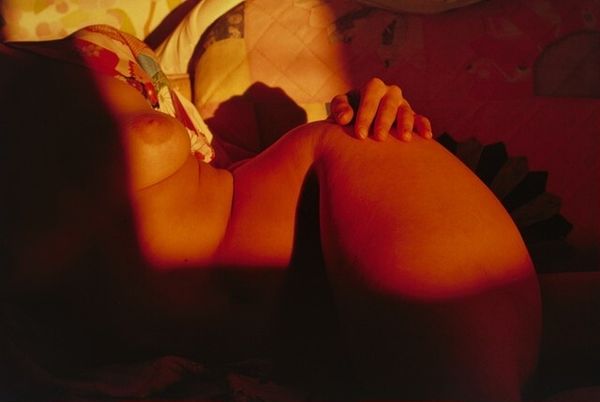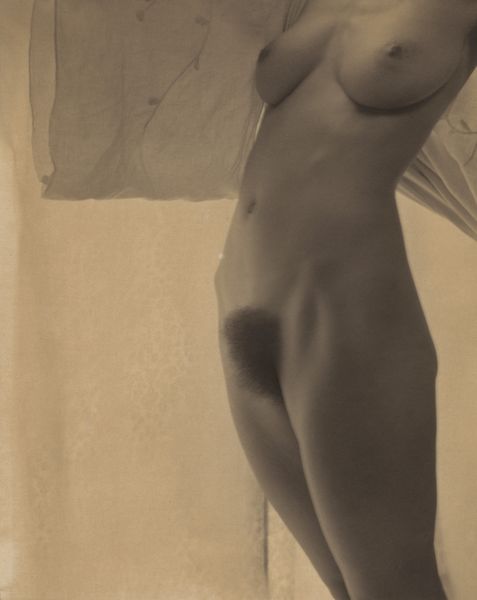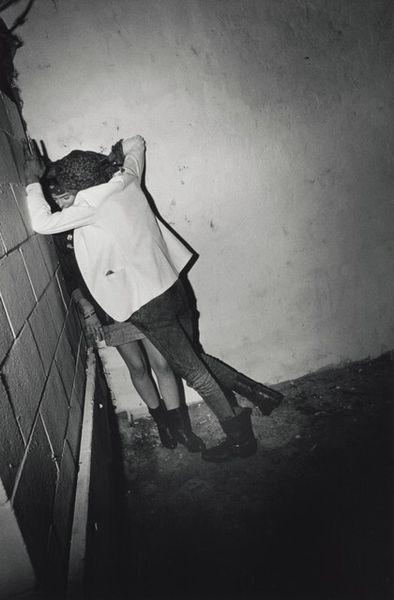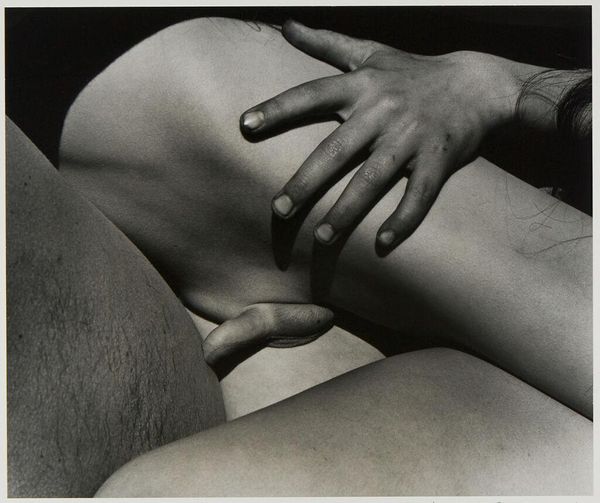
performance, photography
#
performance
#
conceptual-art
#
actionism
#
figuration
#
photography
#
body-art
#
black and white
#
monochrome photography
#
human
#
monochrome
#
nude
#
erotic-art
#
monochrome
Copyright: Otto Muehl,Fair Use
Curator: Cosinus Alpha 2 by Otto Muehl from 1964 is a striking piece, isn't it? It features two figures in a cardboard box. I’m immediately drawn to how claustrophobic it feels. What jumps out at you? Editor: The box, definitely. It’s such a mundane object, juxtaposed with the nudity… What statement do you think Muehl was trying to make by using such a simple material? Curator: Precisely! Let's consider the context: 1960s Vienna. Muehl and the Actionists were reacting against the stifling social norms of post-war Austria. The cardboard box becomes incredibly potent. It’s mass-produced, cheap, readily available - reflecting consumer culture. But here, it’s used to frame the human body, challenging the traditional glorification of the nude in art. The making of it. Its origin. What’s your interpretation? Editor: I see. So, it’s less about the figures themselves and more about what they are enclosed within: a symbol of commercialism confining human experience? Curator: Exactly! And the process! The photographic medium captures the performance aspect, a fleeting moment of transgression preserved. It challenges painting’s dominance. Editor: I hadn't thought about the performance element so directly, but that makes perfect sense. The staging of it all. So, would you say Muehl is critiquing both artistic traditions and societal constraints here, through this unique intersection of material, process, and context? Curator: Absolutely. The cardboard box is not just a container, it's a statement. It democratizes the artistic material. Editor: This has completely changed how I view this piece! Seeing it as a commentary on materials and production really brings a new dimension to it. Curator: Indeed, understanding the means and mode of creation always unveils the narrative behind a work.
Comments
No comments
Be the first to comment and join the conversation on the ultimate creative platform.
